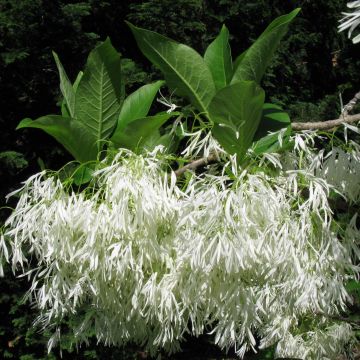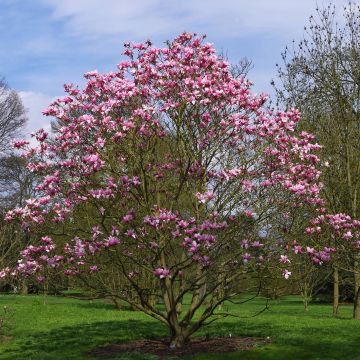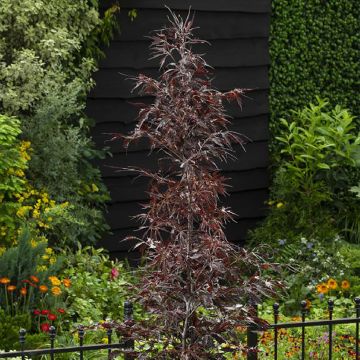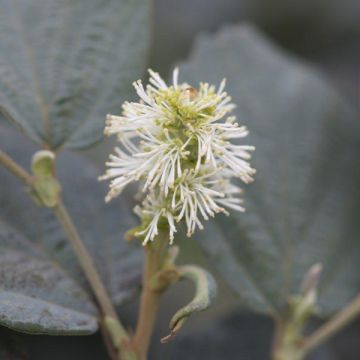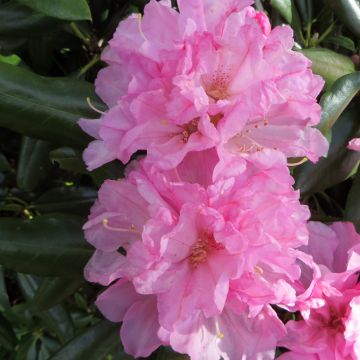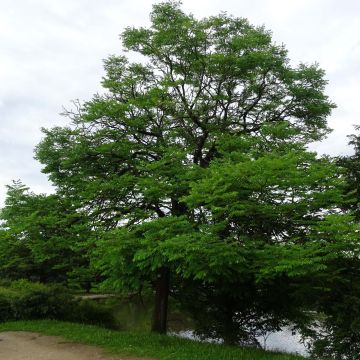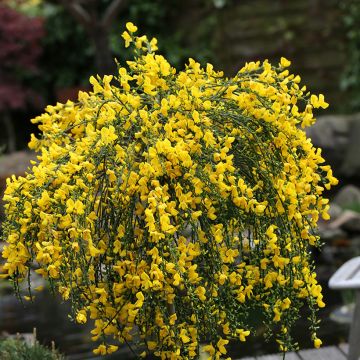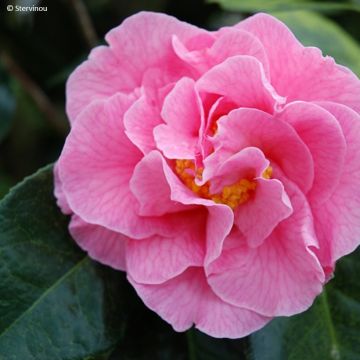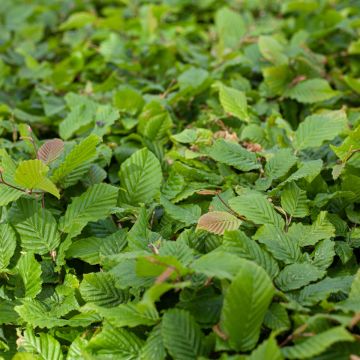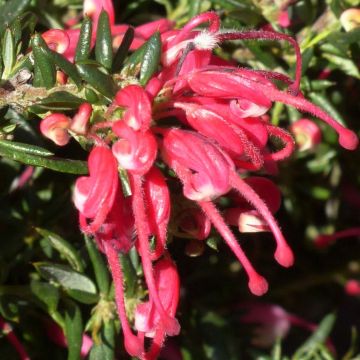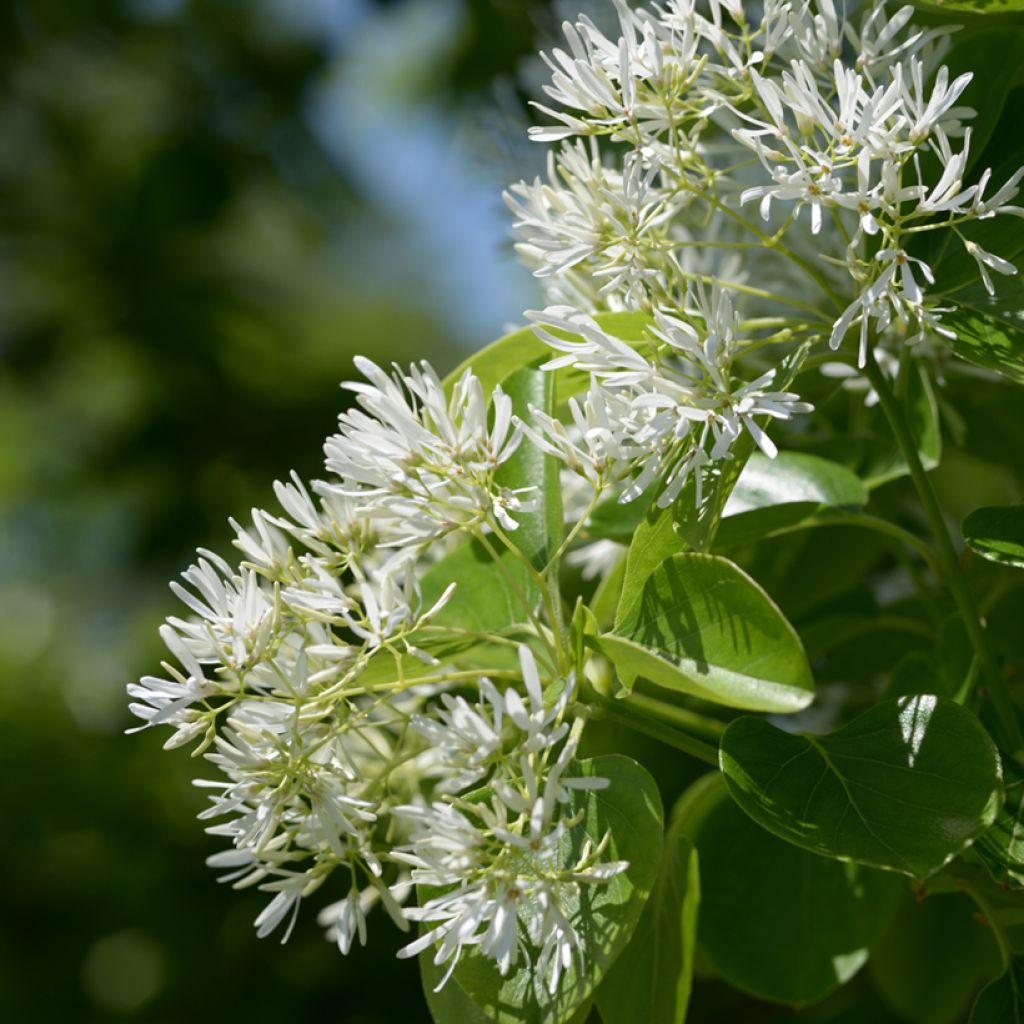

Chionanthus retusus
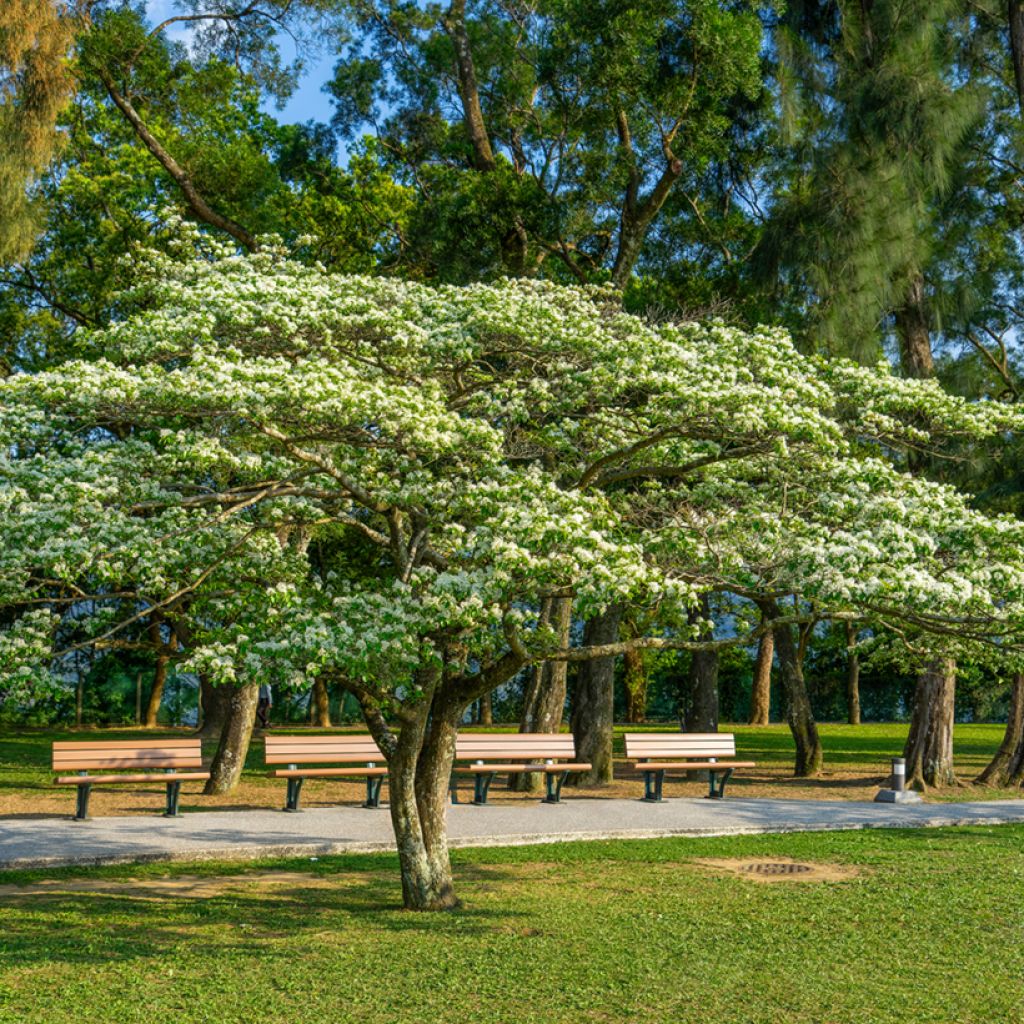

Chionanthus retusus
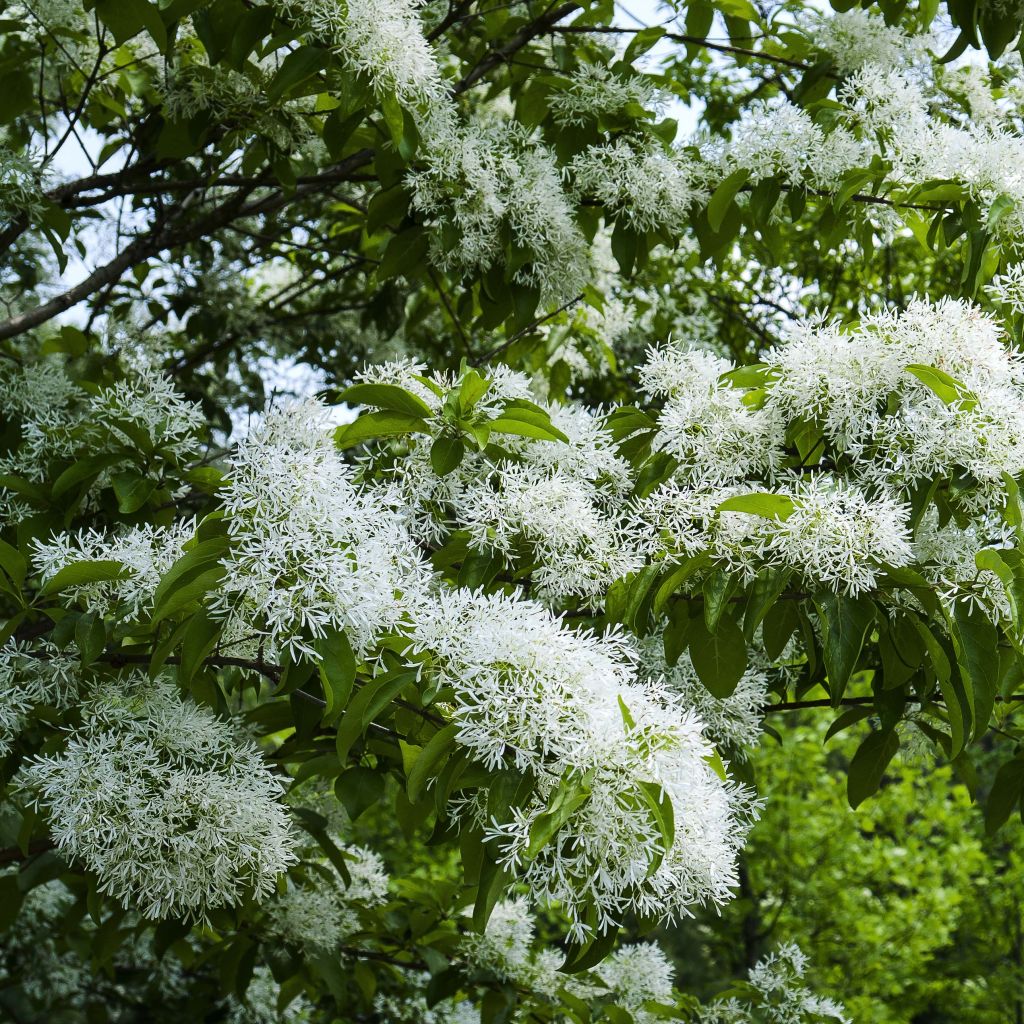

Chionanthus retusus
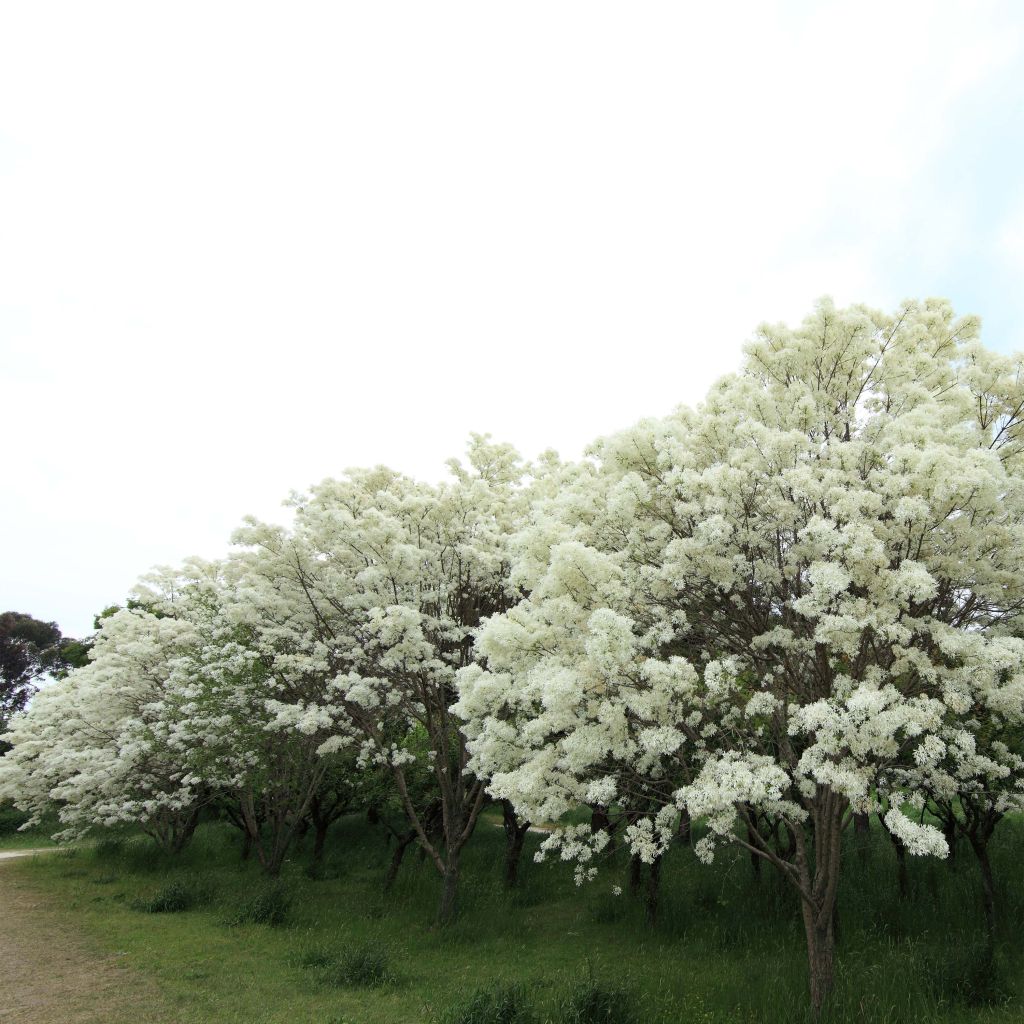

Chionanthus retusus
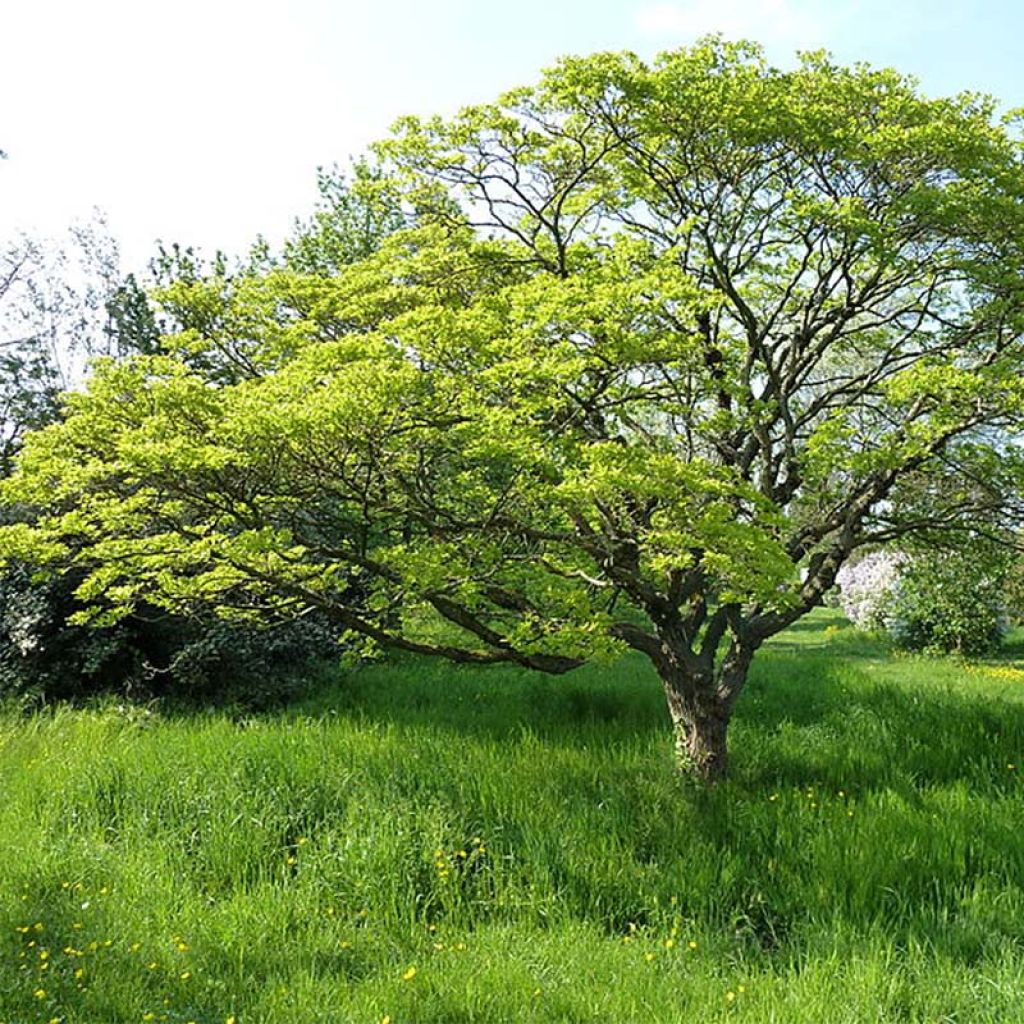

Chionanthus retusus
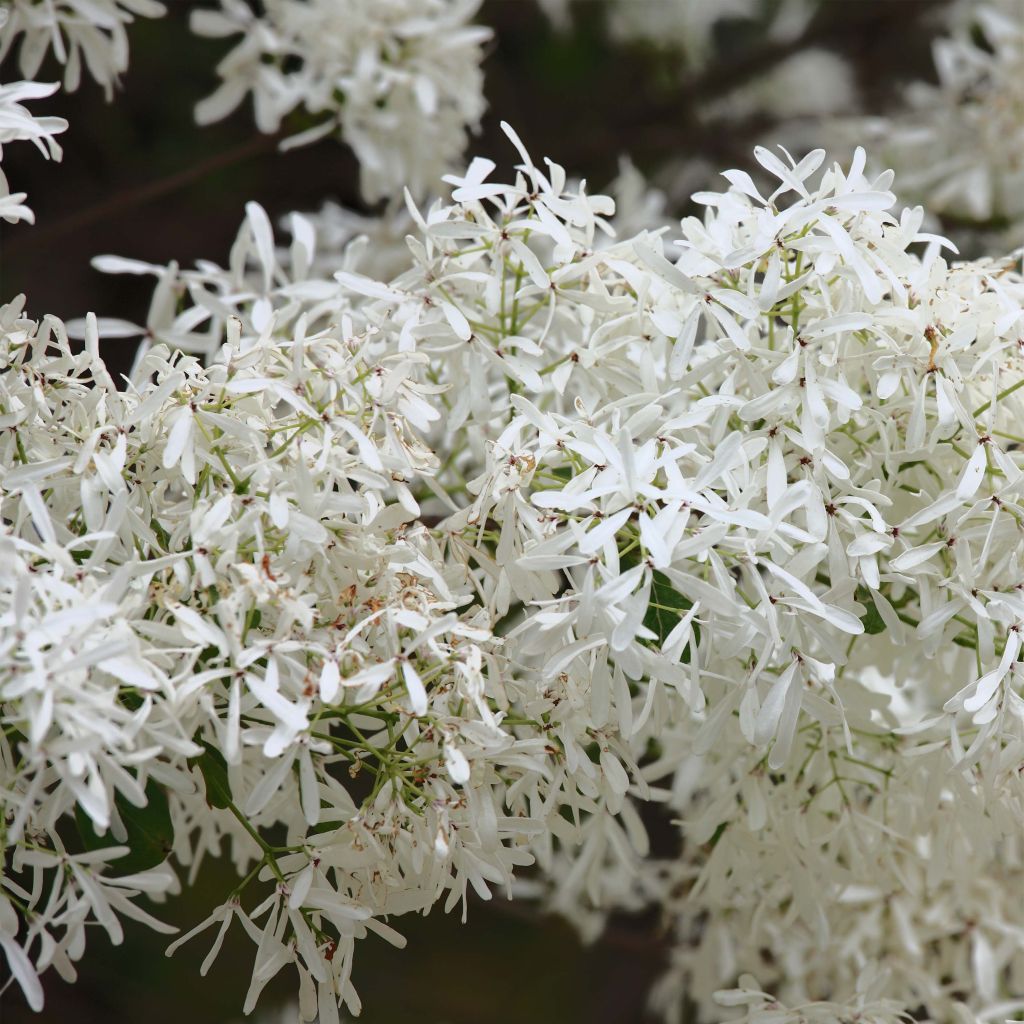

Chionanthus retusus
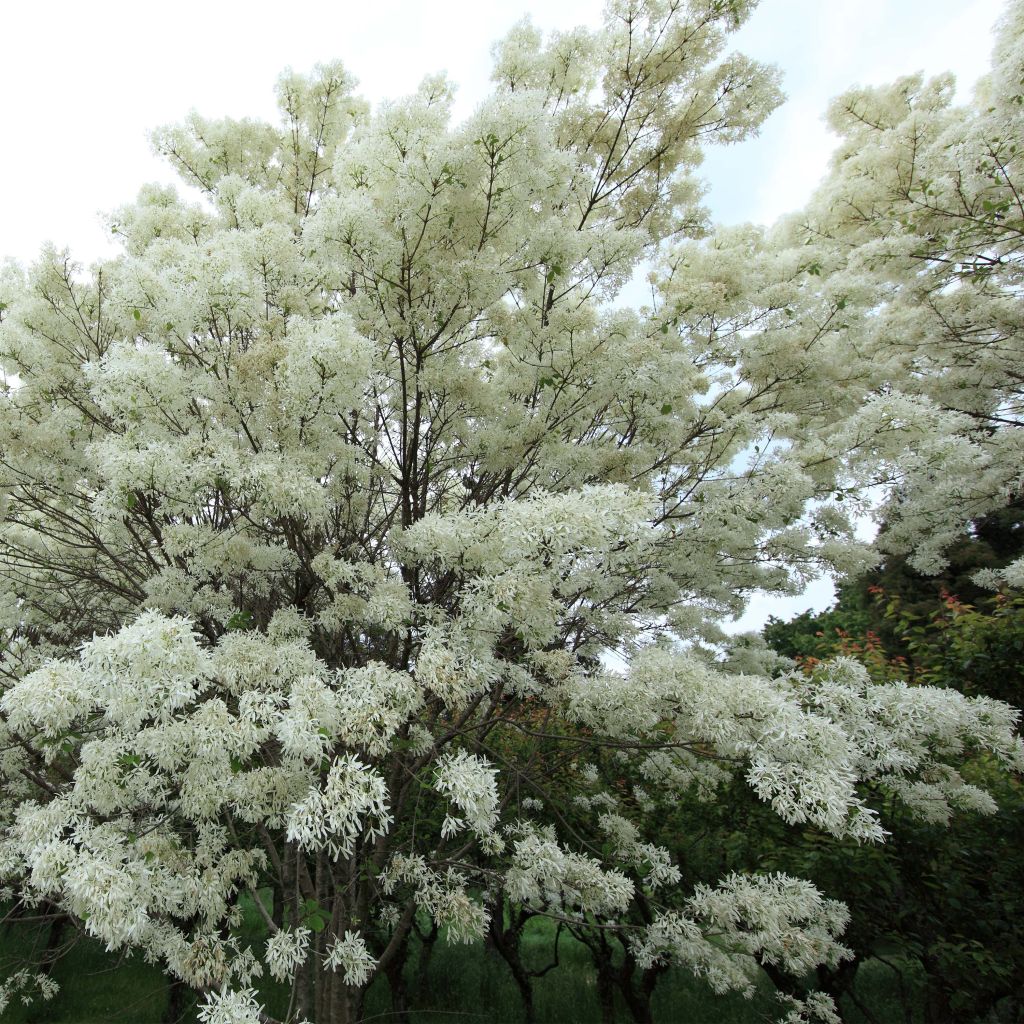

Chionanthus retusus
Chionanthus retusus
Chionanthus retusus
Chinese Fringertree
This item cannot be shipped to the selected country
Delivery charge from €5.90
Oversize package delivery charge from €6.90
Delivery to Corse prohibited
More information
Schedule delivery date,
and select date in basket
This plant carries a 24 months recovery warranty
More information
We guarantee the quality of our plants for a full growing cycle, and will replace at our expense any plant that fails to recover under normal climatic and planting conditions.
From €5.90 for pickup delivery and €6.90 for home delivery
Express home delivery from €8.90.
Oversize package: home delivery by special carrier from €6.90 per order..
Express home delivery from €8.90.
Delivery to Corse prohibited: UE law prohibits the import of this plant from mainland France to Corse as part of the fight against Xylella fastidiosa. Please accept our sincere apologies.
More information

Does this plant fit my garden?
Set up your Plantfit profile →
Description
The Chionanthus retusus, the Chinese Fringetree, is a beautiful and little-known deciduous Asian bush that owes its other lovely name snow tree to the abundant white flowering that covers the plant in spring. Individually very small, finely star-shaped, they are gathered in very dense hanging panicles which bear small blue-black fruits in September. Often forming several trunks, slightly wider than tall, the Chionanthus retusus is perfect for flower hedges and beds. Very resistant to cold, it thrives in sunny, deep, humus-rich, and moist soil.
The Fringetree is a dioecious bush from the olive family, just like the lilac and the Abeliophyllum. It is native to China, Korea, and Japan where it often forms a true small tree about ten metres high. It was introduced to Europe in 1845 by the botanist Robert Fortune. It is a slow-growing bushy shrub, with a spreading habit, reaching 3 m (9 ft 10 in) in height and 4 m (13 ft 1 in) in width. It flowers quite late in spring, in May-June, on the young shoots, at the same time as its foliage appears. The small flowers, composed of 4 very delicate petals of pure white, are grouped in branching panicles. The male plants are more productive in flowering than the female ones, but their fragrance is only slightly noticeable. When accompanied by a male plant, female plants produce small bluish-black fruit in September after flowering. The deciduous foliage consists of single, elliptical to ovate leaves that are 4 to 10 cm (3.9 in) long. They have a medium green colour and turn a beautiful yellow in October.
The Chionanthus is primarily valued for its beautiful white flowers. It is best suited for large beds of deciduous shrubs in acidic soil or as a flowering hedge in non-limestone soil. Its natural appearance is perfect for wild or English-style gardens. It can be paired with buddleias, lilacs, viburnums, deciduous euonymus, country camellias, or serviceberries to create a stunning display.
Report an error about the product description
Chionanthus retusus in pictures
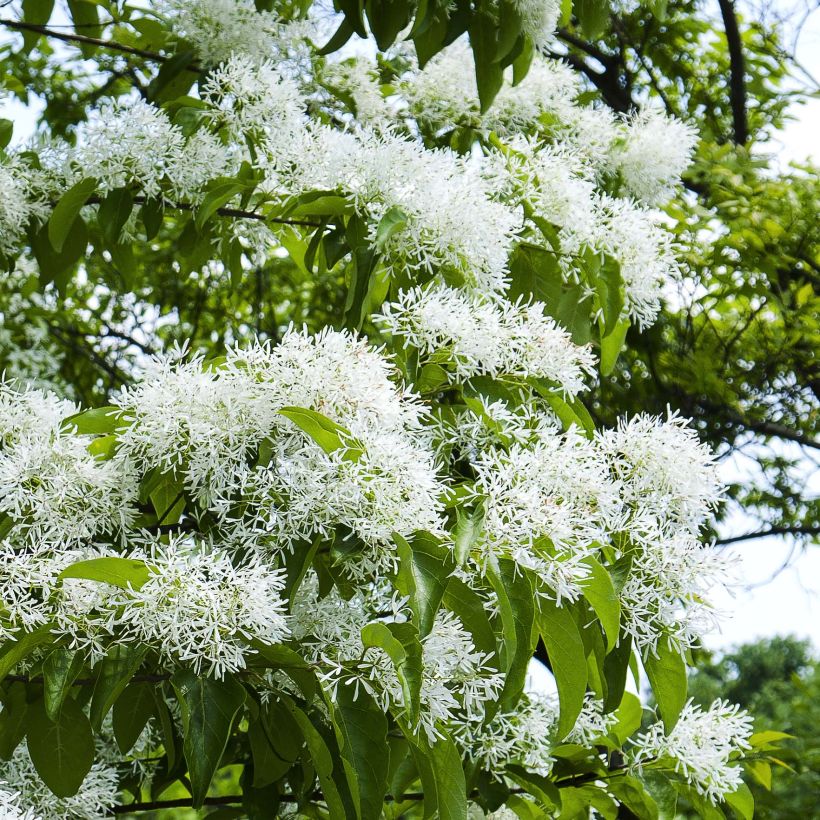

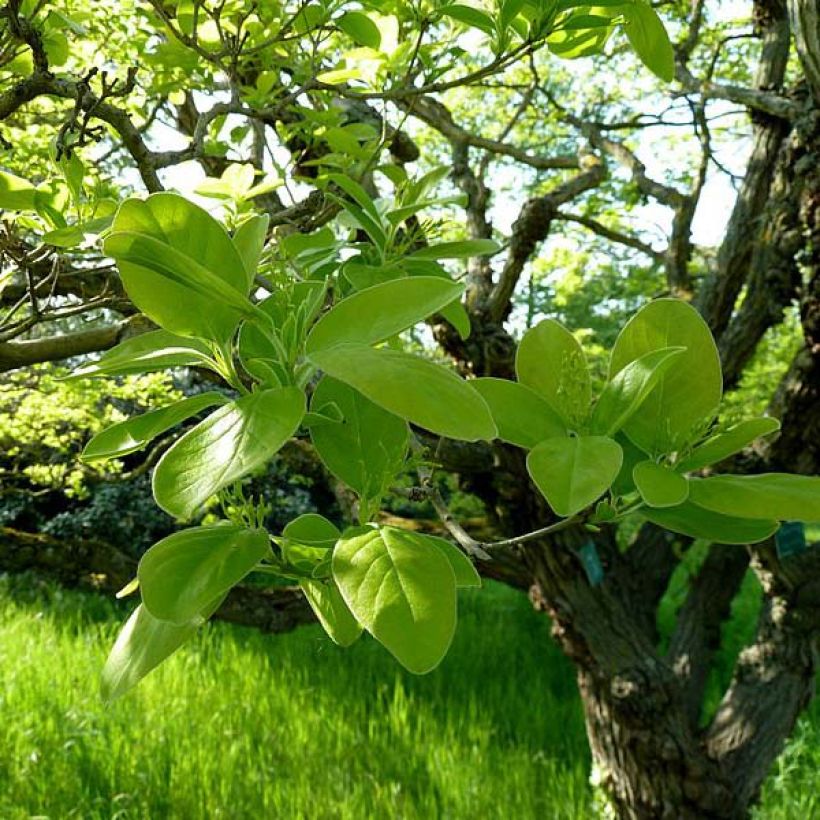

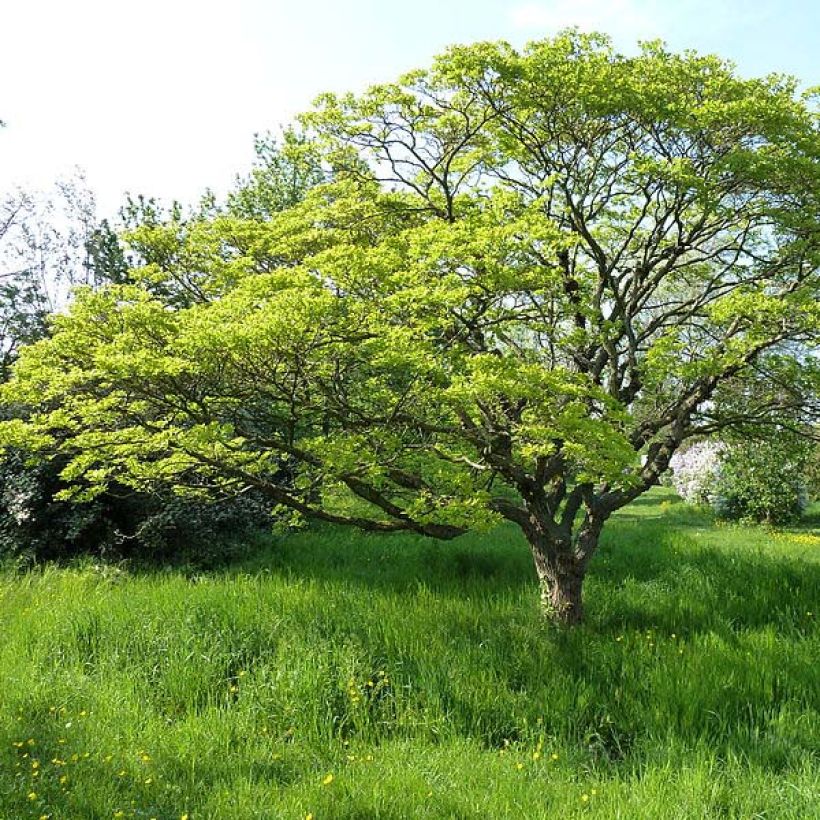

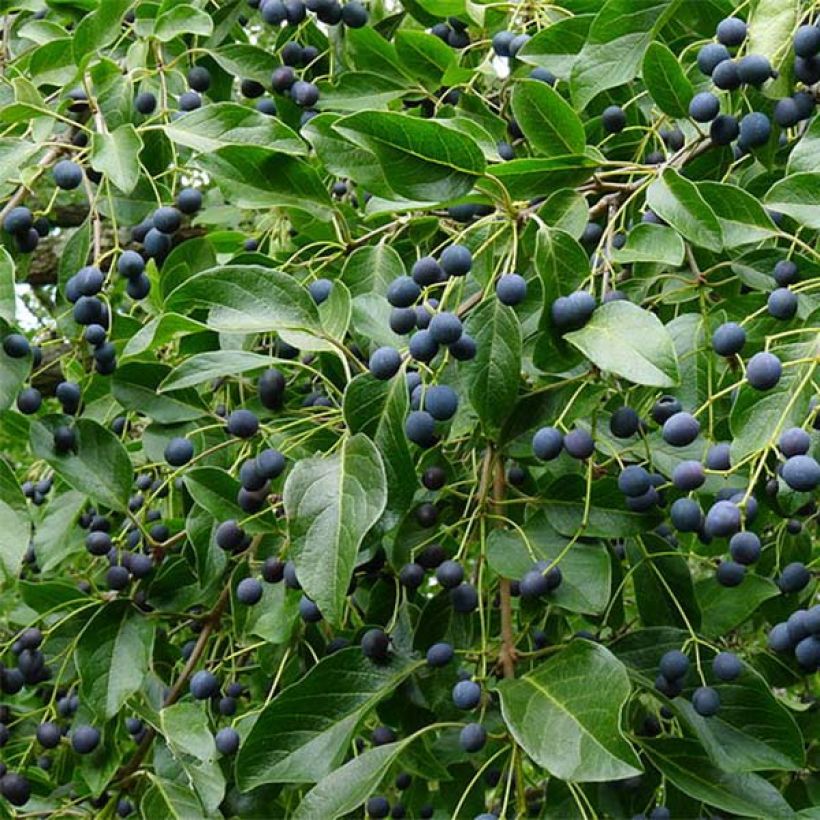

Plant habit
Flowering
Foliage
Botanical data
Chionanthus
retusus
Oleaceae
Chinese Fringertree
East Asia
Other Chionanthus
Planting and care
The Chinese Fringe Tree flourishes in areas in full sun or partial shade while protected from cold winds. It grows best in deep, fertile soil that retains moisture, is rich in humus, and is well-drained. This tree cannot tolerate limestone soil, as it may cause chlorosis. If you plan on training it as a small tree, it is recommended that you prune the lower branches. However, pruning is optional; otherwise, only a small amount should be done if needed at the end of winter.
Planting period
Intended location
Care
-
, onOrder confirmed
Reply from on Promesse de fleurs
Spring-flowering shrubs
Haven't found what you were looking for?
Hardiness is the lowest winter temperature a plant can endure without suffering serious damage or even dying. However, hardiness is affected by location (a sheltered area, such as a patio), protection (winter cover) and soil type (hardiness is improved by well-drained soil).

Photo Sharing Terms & Conditions
In order to encourage gardeners to interact and share their experiences, Promesse de fleurs offers various media enabling content to be uploaded onto its Site - in particular via the ‘Photo sharing’ module.
The User agrees to refrain from:
- Posting any content that is illegal, prejudicial, insulting, racist, inciteful to hatred, revisionist, contrary to public decency, that infringes on privacy or on the privacy rights of third parties, in particular the publicity rights of persons and goods, intellectual property rights, or the right to privacy.
- Submitting content on behalf of a third party;
- Impersonate the identity of a third party and/or publish any personal information about a third party;
In general, the User undertakes to refrain from any unethical behaviour.
All Content (in particular text, comments, files, images, photos, videos, creative works, etc.), which may be subject to property or intellectual property rights, image or other private rights, shall remain the property of the User, subject to the limited rights granted by the terms of the licence granted by Promesse de fleurs as stated below. Users are at liberty to publish or not to publish such Content on the Site, notably via the ‘Photo Sharing’ facility, and accept that this Content shall be made public and freely accessible, notably on the Internet.
Users further acknowledge, undertake to have ,and guarantee that they hold all necessary rights and permissions to publish such material on the Site, in particular with regard to the legislation in force pertaining to any privacy, property, intellectual property, image, or contractual rights, or rights of any other nature. By publishing such Content on the Site, Users acknowledge accepting full liability as publishers of the Content within the meaning of the law, and grant Promesse de fleurs, free of charge, an inclusive, worldwide licence for the said Content for the entire duration of its publication, including all reproduction, representation, up/downloading, displaying, performing, transmission, and storage rights.
Users also grant permission for their name to be linked to the Content and accept that this link may not always be made available.
By engaging in posting material, Users consent to their Content becoming automatically accessible on the Internet, in particular on other sites and/or blogs and/or web pages of the Promesse de fleurs site, including in particular social pages and the Promesse de fleurs catalogue.
Users may secure the removal of entrusted content free of charge by issuing a simple request via our contact form.
The flowering period indicated on our website applies to countries and regions located in USDA zone 8 (France, the United Kingdom, Ireland, the Netherlands, etc.)
It will vary according to where you live:
- In zones 9 to 10 (Italy, Spain, Greece, etc.), flowering will occur about 2 to 4 weeks earlier.
- In zones 6 to 7 (Germany, Poland, Slovenia, and lower mountainous regions), flowering will be delayed by 2 to 3 weeks.
- In zone 5 (Central Europe, Scandinavia), blooming will be delayed by 3 to 5 weeks.
In temperate climates, pruning of spring-flowering shrubs (forsythia, spireas, etc.) should be done just after flowering.
Pruning of summer-flowering shrubs (Indian Lilac, Perovskia, etc.) can be done in winter or spring.
In cold regions as well as with frost-sensitive plants, avoid pruning too early when severe frosts may still occur.
The planting period indicated on our website applies to countries and regions located in USDA zone 8 (France, United Kingdom, Ireland, Netherlands).
It will vary according to where you live:
- In Mediterranean zones (Marseille, Madrid, Milan, etc.), autumn and winter are the best planting periods.
- In continental zones (Strasbourg, Munich, Vienna, etc.), delay planting by 2 to 3 weeks in spring and bring it forward by 2 to 4 weeks in autumn.
- In mountainous regions (the Alps, Pyrenees, Carpathians, etc.), it is best to plant in late spring (May-June) or late summer (August-September).
The harvesting period indicated on our website applies to countries and regions in USDA zone 8 (France, England, Ireland, the Netherlands).
In colder areas (Scandinavia, Poland, Austria...) fruit and vegetable harvests are likely to be delayed by 3-4 weeks.
In warmer areas (Italy, Spain, Greece, etc.), harvesting will probably take place earlier, depending on weather conditions.
The sowing periods indicated on our website apply to countries and regions within USDA Zone 8 (France, UK, Ireland, Netherlands).
In colder areas (Scandinavia, Poland, Austria...), delay any outdoor sowing by 3-4 weeks, or sow under glass.
In warmer climes (Italy, Spain, Greece, etc.), bring outdoor sowing forward by a few weeks.

































